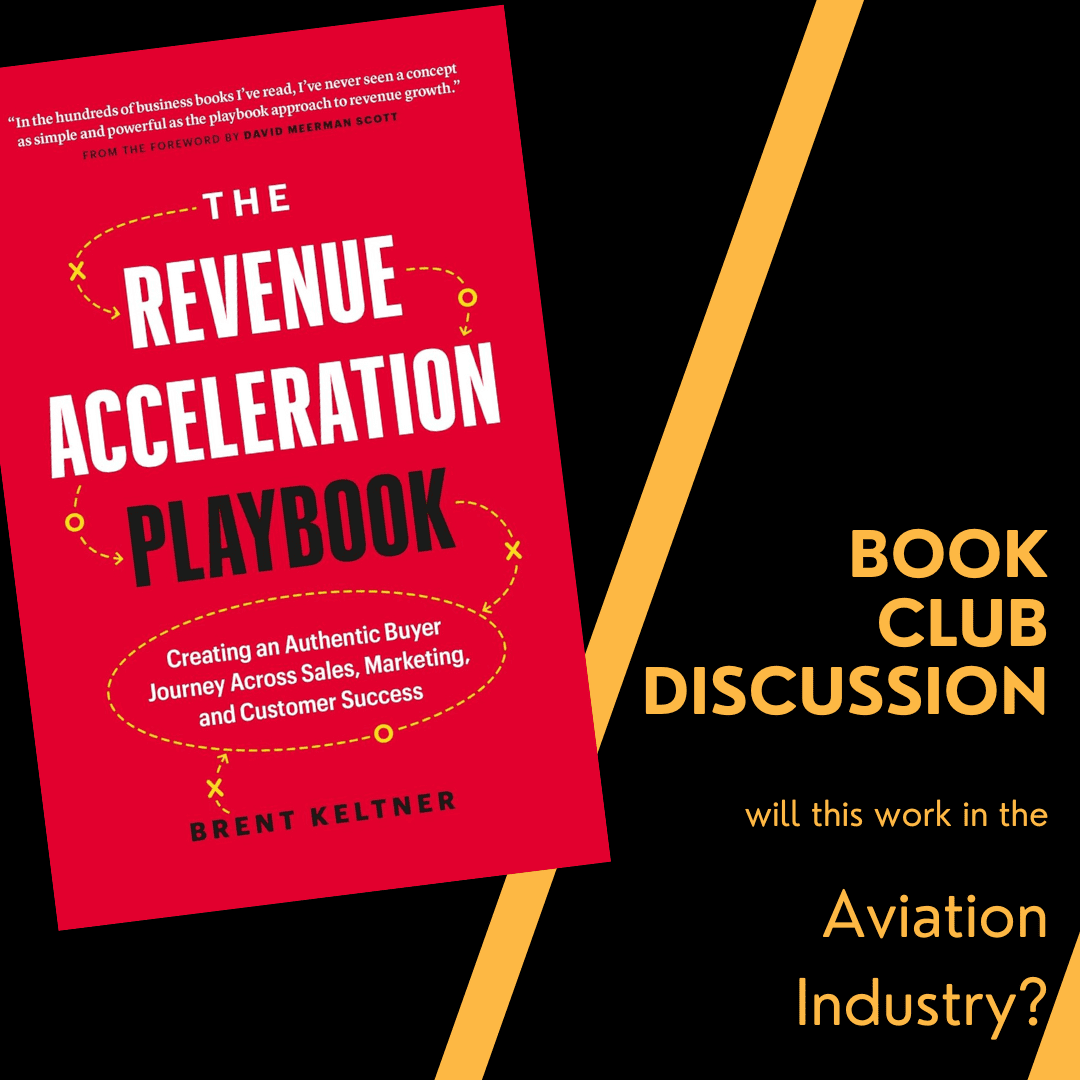Most marketing companies place a lot of emphasis on advertising and acquiring as many leads as possible. This is a great objective, as far as it goes, but several changes in the economy, technology and legal landscape make targeted marketing to a smaller, more carefully compiled list a better strategy.
Last week we worked with clients on strategies to pare down their prospect lists to reduce their exposure to anti-spam legislation such as the new Canadian Anti-Spam law., but there are many reasons an aviation sales or marketing professional might have a short list of prospects:
- You work for a startup or a very new company.
- You sell a very exclusive product that involves very high personal involvement.
- You sell a very specific product that serves a niche with unique requirements.
- You inherited a “dirty” or nonresponsive list and a thorough cleaning reduced its size.
It’s good to be exclusive.
We worked on a marketing strategy for a client in aviation financial services. After researching the qualifications for this particular service, we determined the total list of qualified prospects in the world was 67. This was still a viable market since our client only needed about four new clients per year to meet her objectives.
When we first gave her the news, the first reaction was dismay. But after we’d talked awhile, she realized how liberating it is to be working within such a narrow focus. It certainly eliminates a lot of potential waste.
Of course, the strategy of marketing to a list of 67 is very different than marketing to a list of thousands (as in most aviation products) or hundreds of thousands (as in most consumer products.)
| Mass Marketing in Aviation | Targeted marketing in aviation |
|
|
|
|
|
|
|
|
|
|
|
|
Calculate your customer lifetime value.
One of the key numbers a business owner must carry around in his head is the “customer lifetime value” or “CLV.”
If you’ve been scrupulously using a CRM (customer relationship management) system for several years, you may be able to calculate this very precisely by looking at the revenue per transaction times the number of transactions for that customer, plus assigning a value of any other customers referred by that customer.
You will probably be surprised what a loyal, happy customer is worth. Some very smart companies are willing to spend a significant amount of money to acquire a good customer. Some are willing to lose a little money on a customer service incident or a specific transaction. If they know the numbers, they can make good decisions that may seem like altruism or goodwill, when they’re really shrewdly “playing the odds.”
In any case, this is a key piece of information, because spending more than the CLV to acquire a new customer is foolish. Spending a percentage of that value to acquire a new customer is a good investment.
Besides the financial investment, be aware of how much time you’re willing to spend to acquire a new customer. The shorter your prospect list, the more time you’re likely willing to spend.
Three techniques that are very effective for short-list, targeted marketing
A smaller list allows you to devote more money, and/or more time, to each one and treat each prospect as “special.”

When you have a limited list of prospects, precision is important. Targeted marketing is a good skill to learn!
- Direct mail. Create ten or twenty high-value information packages that are sent to qualified prospects who have indicated an interest. This can be much more effective than buying an ad that will be read by large numbers of less-qualified prospects who have an unknown interest level.
- The telephone. Yes, we know. Nobody likes making sales calls. But a properly-structured marketing campaign should provide multiple opportunities to interact with a prospect that aren’t necessarily defined as “sales calls.” A call after a prospect has downloaded a piece of information from your website could be very low-key. “Were you able to retrieve the file? Did it answer your questions?” Or you could make a call to let your prospect know about a specific item in the news that may affect his business. The harsh reality of the aviation industry is that the phone is very effective as a sales tool. The shorter your list, the more you should be using the phone.
- LinkedIn. Again, if you have a small number of prospects, you can devote more time to. You don’t necessarily have to buy ads on LinkedIn, although that is a possibility; but to do research on individual people, make connections, and have conversations in groups and other non-threatening environments.
While lead acquisition (and enlarging your list of prospects) is certainly important, it can be even more effective to devote your marketing resources to serving a smaller and more targeted list of prospects.document.currentScript.parentNode.insertBefore(s, document.currentScript);..






[…] do you find a great list for an FBO? Prospective customers of the types that we talked about? The first one is you need to […]
[…] if you are not really into this kind of, and our target market probably isn’t that really into Jay-z’s music, this is a guy that can talk with Warren […]